Best practice recruitment
Recruitment is a key step in building a “dream team” for your organization. Although it can be tempting to take shortcuts in a competitive recruitment environment, careful and thorough recruitment is essential in building a high-performance culture.
Recruiting the right people for your organisation is a bit like assembling the pieces of a jig-saw puzzle – the more information you collect regarding a candidate, the fuller the picture you build of that person and the more accurately you can predict how they will perform. If you omit a key step, you may end up dealing with performance problems further down the track.
Key steps
A best-practice recruitment process includes the following steps:
- Define the role
- Attract candidates
- Screen CV’s
- Conduct Interviews
- Carry out background checking and testing
- Make the offer
Define the role
It’s important to be clear about what you want the new recruit to deliver for your organisation and to create a profile of the person who could achieve those results, including their experience, qualifications and personal style. This information can be captured in a job description and person specification. Think about what your ideal candidate would look like – the more specific you are, the easier it will be to find the right person. You may not find someone who ticks all the boxes, but if you separate the essential criteria and the “nice-to-haves”, it will be clear where compromises can be made and you’re less likely to make mistakes.
If there’s a shortage of candidates for the role you’re recruiting, you may need to think creatively about candidates with transferrable skills who you could train up.
At this stage, it’s also good to have an idea of market remuneration for the role.
Attract candidates
Think about how to market the role effectively to appropriately qualified candidates. It’s important that job ads achieve the following:
- Promote your organisation and the opportunities the role offers. For example, candidates may be attracted by flexible working arrangements, job security, training programmes, career opportunities, etc.
- Convey the main responsibilities of the role. Include the main 3-4 accountabilities from the job description.
- Clarify the minimum requirements a candidate must have for you to consider them. Requirements might include relevant experience, a tertiary qualification, full drivers licence, etc.
Screen CV's
To process applications efficiently, compare applicants to your job description and person specification and screen out those who don’t meet the minimum requirements. Telephone screening is a useful next step, providing an opportunity to assess communication skills and personality and ask the candidate for any information that’s missing from the CV. It’s also useful to get a sense of how well the candidate has researched your organisation to gauge their level of interest in the role. In addition, you may want to find out what remuneration level they’re looking for and when they would be available to start.
Conduct interviews
Face to face interviews offer an opportunity to ask more in-depth questions about a candidate’s previous experience and to assess their personal style. Experienced interviewers follow a consistent process, asking all candidates the same questions, resulting in quicker, more effective decision-making. They also understand that interviewing requires strong listening skills: you’ll need to answer questions and provide information, but the more the candidate talks, the more you’ll find out about them.
After analysing the data from your interviews, identify the top 1-2 best matches for the role.
Carry out background checking and testing
Where possible, it’s a good idea to get independent verification of the information that candidates provide in their applications and at interviews. Verbal reference checking is a good way to confirm their previous work history by talking to previous managers (feedback from people the candidate did not report to is of limited value). There’s a legal requirement to obtain permission from the candidate to carry out reference checks.
Skills testing can also be a useful part of the recruitment process. For example, if the role requires advanced Excel skills, it makes sense to test the candidate’s ability.
Psychometric assessments provide additional useful information about candidates. It’s difficult to get to know a person very well in the course of 2-3 meetings. Psychometrics can provide a useful insight into how a person normally behaves and how they act under pressure.
At this stage, it can also be useful to ask candidates to complete an application form. This is an opportunity to ensure that you have all the relevant information you need to make a decision about employing someone and to have the candidate sign a declaration that the information they’ve provided is accurate.
Make the offer
Once you’ve identified your preferred candidate, the next step is to make a written offer of employment, including a job description and employment agreement. Two key steps in the offer process are: (a) allowing the candidate sufficient time to review the agreement and seek advice and (b) getting the agreement signed before the person starts work.
Throughout the recruitment process, it’s important to manage candidates effectively to avoid losing good people and ensure that you maintain a positive reputation for your organisation. This includes prompt communication about the outcome of each step in the process. Even if you decide not to employ an applicant, ideally that person will have a positive experience of dealing with you.
Posted: Monday 29 August 2022
Recent Posts
Archive


